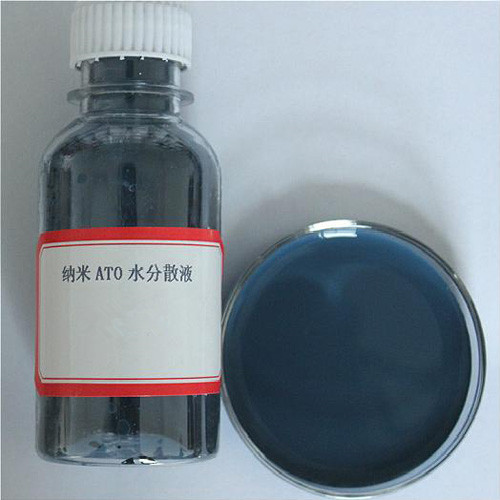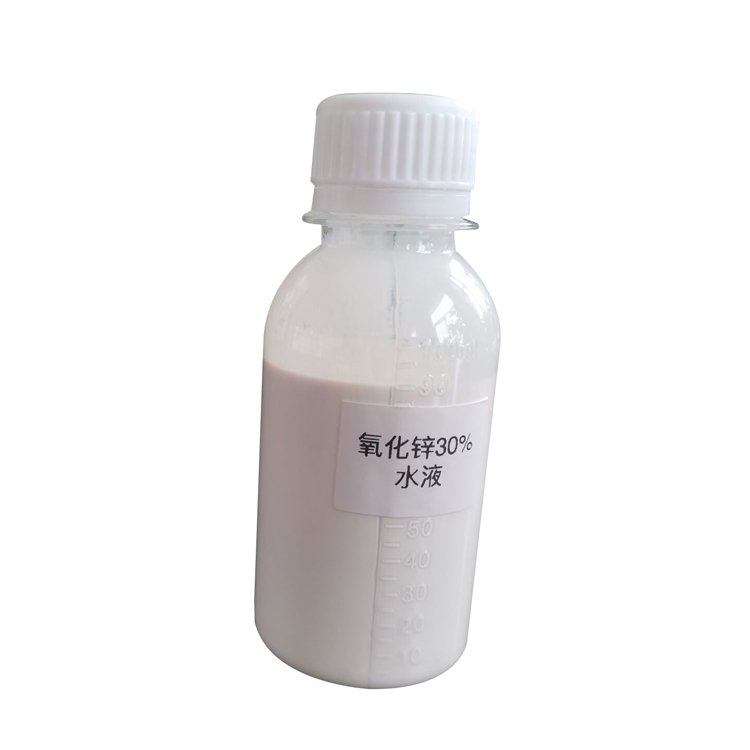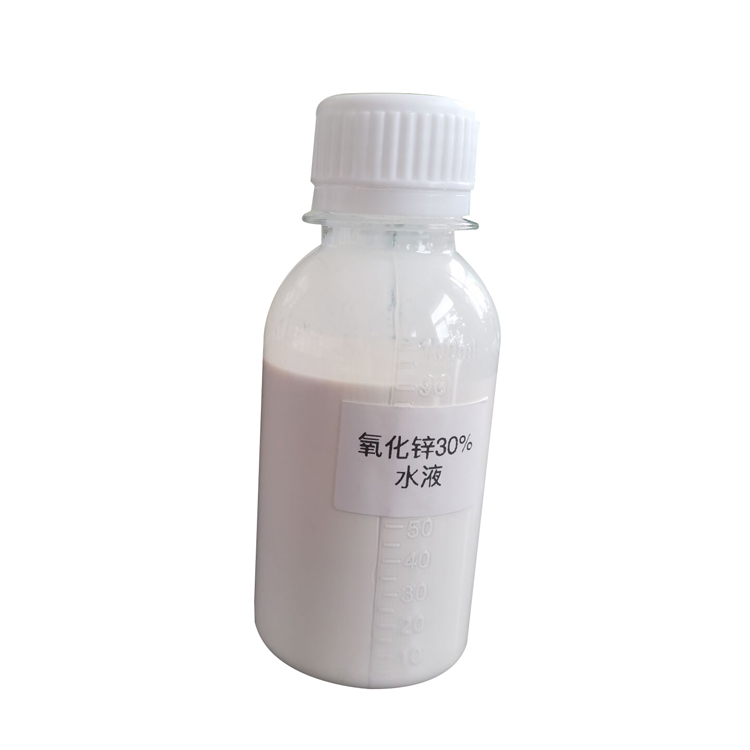Small particle alumina powder has a wide range of applications in ceramics, chemical engineering, electronics and other fields due to its unique physical and chemical properties. However, in practical applications, small-sized alumina powder is prone to agglomeration, which refers to the phenomenon of powder particles adhering to each other and forming larger aggregates during storage, transportation, or use due to various factors. Causing its performance to be affected. The agglomeration phenomenon can lead to poor flowability and reduced dispersibility of the powder, affecting product quality.

1、 Basic characteristics and properties of small particle size alumina powder: Alumina powder is a white or slightly colored powder with high melting point, high hardness, good wear resistance, and corrosion resistance. Its density is about 3.97g/cm ³, and the particle size is usually between 1-100 microns. Small particle alumina powder has a large specific surface area, which makes it exhibit excellent performance in adsorption, catalysis, and other aspects. In addition, the physical properties such as particle size distribution, shape, and flowability of alumina powder can also affect its application effectiveness in different fields
Surface characteristics: The surface characteristics of aluminum oxide powder have a significant impact on its application performance. Its surface has a certain degree of activity and is prone to physical or chemical reactions with other substances. In addition, its surface contains certain hydroxyl groups, making it highly hydrophilic and easily absorbing moisture from the air, leading to agglomeration. Surface charge and roughness can also affect the dispersibility, stability, and flowability of alumina powder.
2、 The cause of agglomeration phenomenon refers to the phenomenon where powder particles adhere to each other and form larger aggregates during storage, transportation, or use of powder materials due to various factors. The main causes of agglomeration of small-sized alumina powder include:
Agglomeration phenomenon refers to the phenomenon where powder particles adhere to each other and form larger aggregates during storage, transportation, or use due to various factors.
The main causes of agglomeration of small-sized alumina powder include: humidity influence: humidity is one of the important factors leading to agglomeration of small-sized alumina powder. When the environmental humidity is high, aluminum oxide powder is prone to absorb moisture, and the capillary force between particles increases, leading to agglomeration.
Physical forces: Physical forces such as van der Waals forces and electrostatic forces between particles are also one of the reasons for agglomeration. These forces make it easier for particles to approach and adhere. Particle size and shape: The particle size distribution and shape of alumina powder can also affect agglomeration phenomena. For example, when the particle size distribution is uneven or the particle shape is irregular, it is easier to form aggregates.
The influence of humidity and moisture: Aluminum oxide powder has a certain hydrophilicity. When the environmental humidity is high, aluminum oxide powder easily absorbs moisture from the air, forms a water bridge, and enhances the interaction force between particles, leading to agglomeration. The presence of water molecules may also alter the surface properties of particles, such as charge distribution and polarity, further promoting particle aggregation.
3、 The impact of agglomeration phenomenon on flowability is reduced: Agglomeration phenomenon can lead to a decrease in flowability of small-sized alumina powder, affecting its dispersion and uniformity in practical applications. Performance degradation: Agglomeration can also affect the activity, thermal conductivity, and other properties of small-sized alumina powder, thereby affecting the quality and performance of the final product. Increased energy consumption: During the production process, agglomeration can increase energy consumption, reduce production efficiency, and cause certain economic losses to the enterprise.
4、 To prevent agglomeration of small-sized alumina powder, the following measures can be taken: control environmental humidity: by maintaining a low humidity environment, the adsorption of surface moisture on alumina powder particles can be reduced, thereby reducing the interaction force between particles and preventing agglomeration. Using anti agglomeration agents: In some cases, adding special anti agglomeration agents can also effectively reduce agglomeration.
Improving the surface activity of powders: By using methods such as mechanical dispersion and dispersion modification, the surface activity of powders can be improved, making them easier to disperse and flow.
Control processing temperature: Avoid the aluminum oxide powder from being affected by excessive temperature during storage, which can cause aggregation between particles.
In summary, the agglomeration of small-sized alumina powder is a problem that requires special attention and control. By understanding the causes and effects of agglomeration phenomenon and taking corresponding preventive measures, the application performance and product quality of small-sized alumina powder can be effectively improved.
SAT NANO is a best supplier of alumina powder in China, we can offer 30nm, 50nm, 100nm, 1-3um particle size, if you have any enquiry, please feel free to contact us at sales03@satnano.com


























